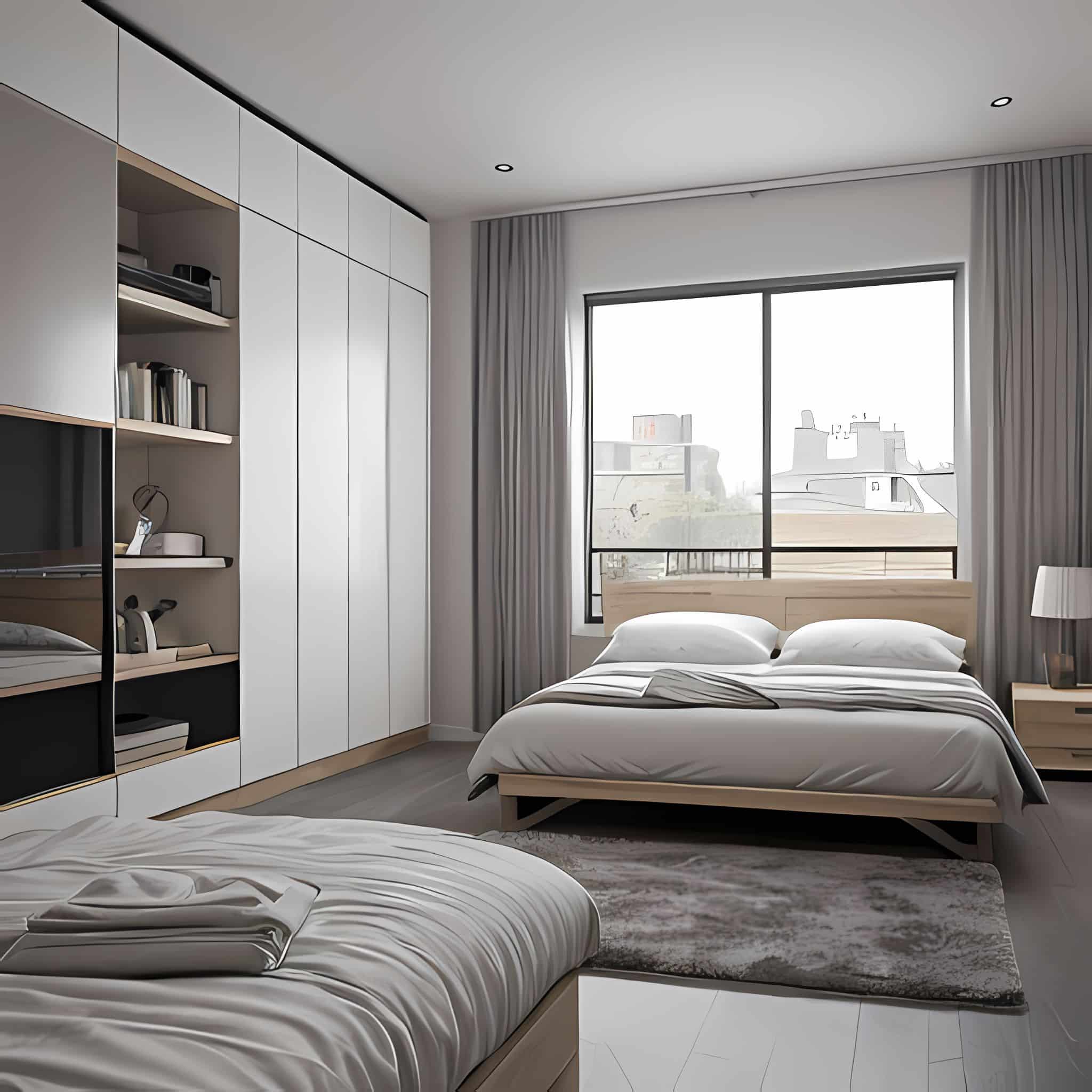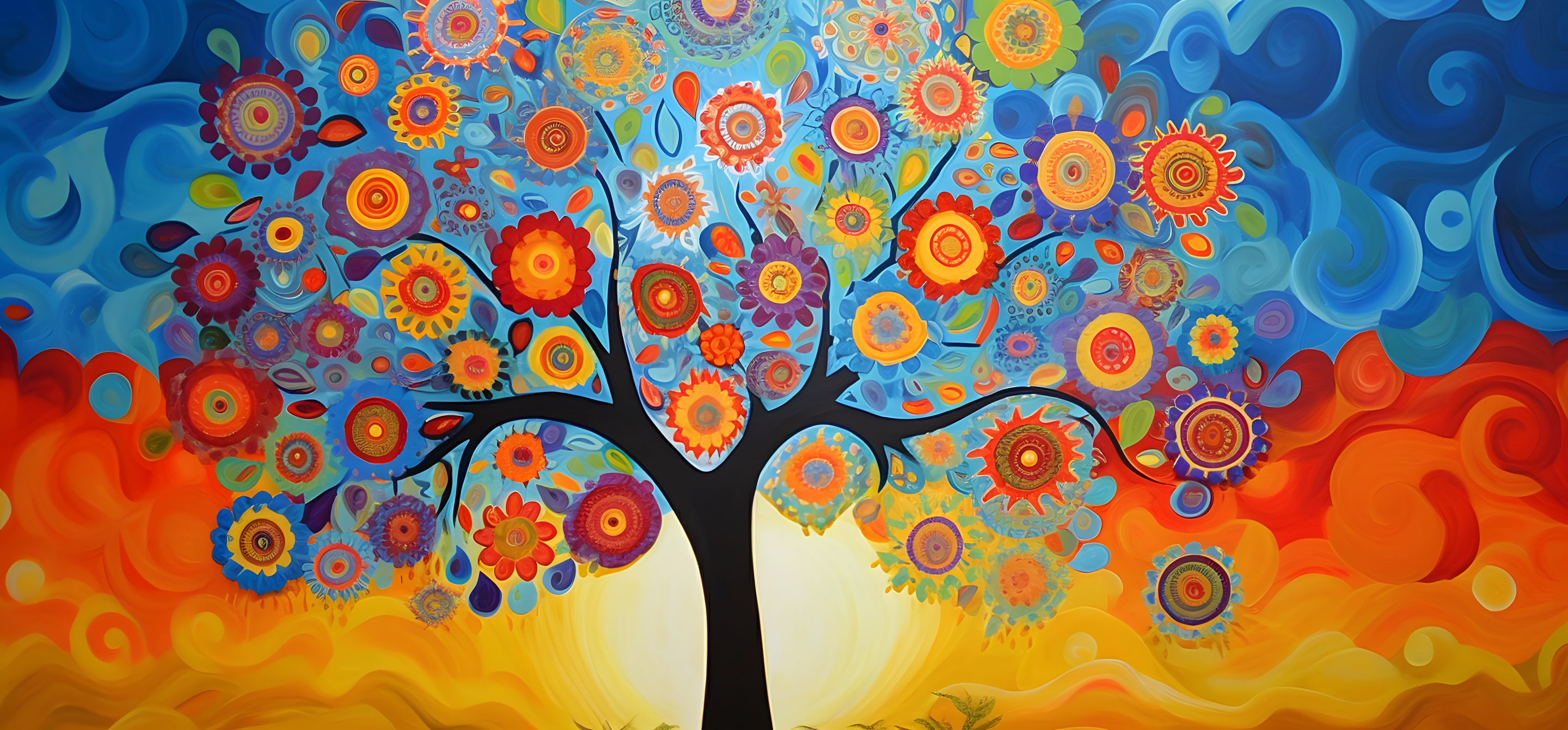Transform your space. Have you ever walked into a room and instantly felt your mood lift or, conversely, felt a wave of stress wash over you? Our environments have this incredible, often underestimated power to affect our emotions and mental well-being.
This article will discuss the powerful connection between our surroundings and mental health. Understanding how our environment affects our well-being can create positive life changes to support a healthy mind. Let’s dive in! 🌟
Transform Your Space – The Science of Surroundings and Mental Health
Research has shown that our surroundings significantly influence our thoughts, emotions, behaviors, and overall mental health. Factors such as lighting, color, clutter, and nature are vital in shaping our psychological well-being. Understanding these connections can help us make mindful choices to create an environment that fosters positivity and balance.
How Natural Light Transforms Your Space

Among the important bodily functions it helps to regulate include:
- Circadian rhythms or our sleep-wake cycle
- Hormone production
- Overall mood
The benefits of sunlight are profound, enhancing mood, focus, and general well-being. However, there are times when natural light isn’t abundantly available. For example, seasonal changes, particularly in winter, or living in spaces with limited windows can significantly reduce our exposure to natural light.
Light Therapy And Daylight Simulators To Brighten Your Day
In such scenarios, it’s vital to find alternative solutions. Thankfully, we live in an era where technology can assist in mimicking the benefits of natural light.
Light therapy lamps and daylight simulators are excellent tools for those facing Seasonal Affective Disorder (SAD) or other challenges stemming from insufficient light exposure. These devices replicate the spectrum of natural sunlight, helping maintain a healthy circadian rhythm even without ample sunlight. They can be particularly beneficial during the shorter, darker winter days or in spaces where natural light is scarce.
Integrating these tools into your environment can make a significant difference. Positioning a light therapy lamp in your workspace or a commonly used area of your home can help mitigate the effects of light deficiency. It’s a testament to how, even when facing challenges like limited natural light, we can still effectively transform our spaces to support our mental health and well-being.
Frequently Asked Questions – Transform Your Space
A: Absolutely! Colors can have a profound psychological impact. Different hues can evoke various emotions and moods. For example, blue and green are calming, while yellow and orange can energize and uplift.
A: Natural light helps regulate our circadian rhythm, which controls our sleep-wake cycle and hormone production. Exposure to natural light in the morning, can boost mood, improve sleep, and increase focus.
A: Yes, clutter can contribute to feelings of stress and overwhelm. An organized and decluttered space can promote a sense of control and calm.
A: Not at all. Simple, cost-effective changes like decluttering, rearranging furniture, or adding a few plants can make a significant difference. It’s about creating a space that feels comfortable and peaceful for you.
A: Easy ways include adding houseplants, adding natural materials such as wood or stone throughout your decor, or even hanging nature-inspired artwork. Inspired by nature, these elements can bring a sense of calm and establish a connection with the outdoors.
A: It depends on your response to colors. Some may find certain shades, like reds or very dark colors, overstimulating or gloomy. Choosing colors that evoke positive feelings and suit your preferences is essential.
Color Psychology: How Colors Affect Our Emotions
Choosing the right colors for your environment is a powerful way to influence your emotional well-being. While vibrant shades like blue, green, yellow, and orange are emotionally impactful, starting with a neutral color palette as your base can be a sound and versatile decision.
Neutrals such as whites, beiges, and soft greys provide a serene and timeless backdrop, offering a sense of calm and spaciousness. They serve as a blank canvas, allowing you to inject personality and mood through accents and accessories.
This approach can be especially practical for those with limitations on making significant cosmetic changes to their space, particularly renters or individuals in temporary housing. You create a flexible foundation using neutral colors on walls or large furniture pieces.
Have Fun And Get Creative
You can get creative with your favorite colors through easily changeable items like throw pillows, curtains, artwork, and decorative items. This method allows for personal expression and the ability to adapt and transform your space as your tastes and needs evolve.
Additionally, incorporating pops of color through smaller, non-permanent elements is a great way to experiment with different hues and their effects on your mood. This approach allows you to explore color psychology without the commitment or restrictions that come with permanent changes. By skillfully blending neutral bases with colorful accents, you can create a space that reflects your personality and enhances your mental well-being, regardless of your living situation.
Declutter Your Space, Declutter Your Mind
A cluttered environment will contribute to feelings of anxiety and stress and feel overwhelming. By decluttering your space and creating a more organized, functional domain, you can alleviate mental clutter and foster a greater sense of peace and calm.
Consider implementing minimalism or simple organizational systems to reap the benefits of an uncluttered life, and create a more harmonious living space.

Connect with Nature for Improved Mental Health
Spending time in nature reduces stress, improves mood, and enhances overall well-being. Incorporate natural elements into your surroundings, such as houseplants, raw materials, and nature-inspired artwork, to create a more tranquil, healing environment. Additionally, make an effort to spend time outdoors to reap the mental health benefits of connecting with nature.
You Are The Agent Of Change – Transform Your Space
By understanding how our surroundings impact our mental health, we can make conscious choices to create a nurturing environment that supports our well-being. As the master of your destiny, consider implementing these changes to transform your space and improve your mental health. Remember, a healthy mind starts with a healthy environment!
Updated: 11/18/2023





